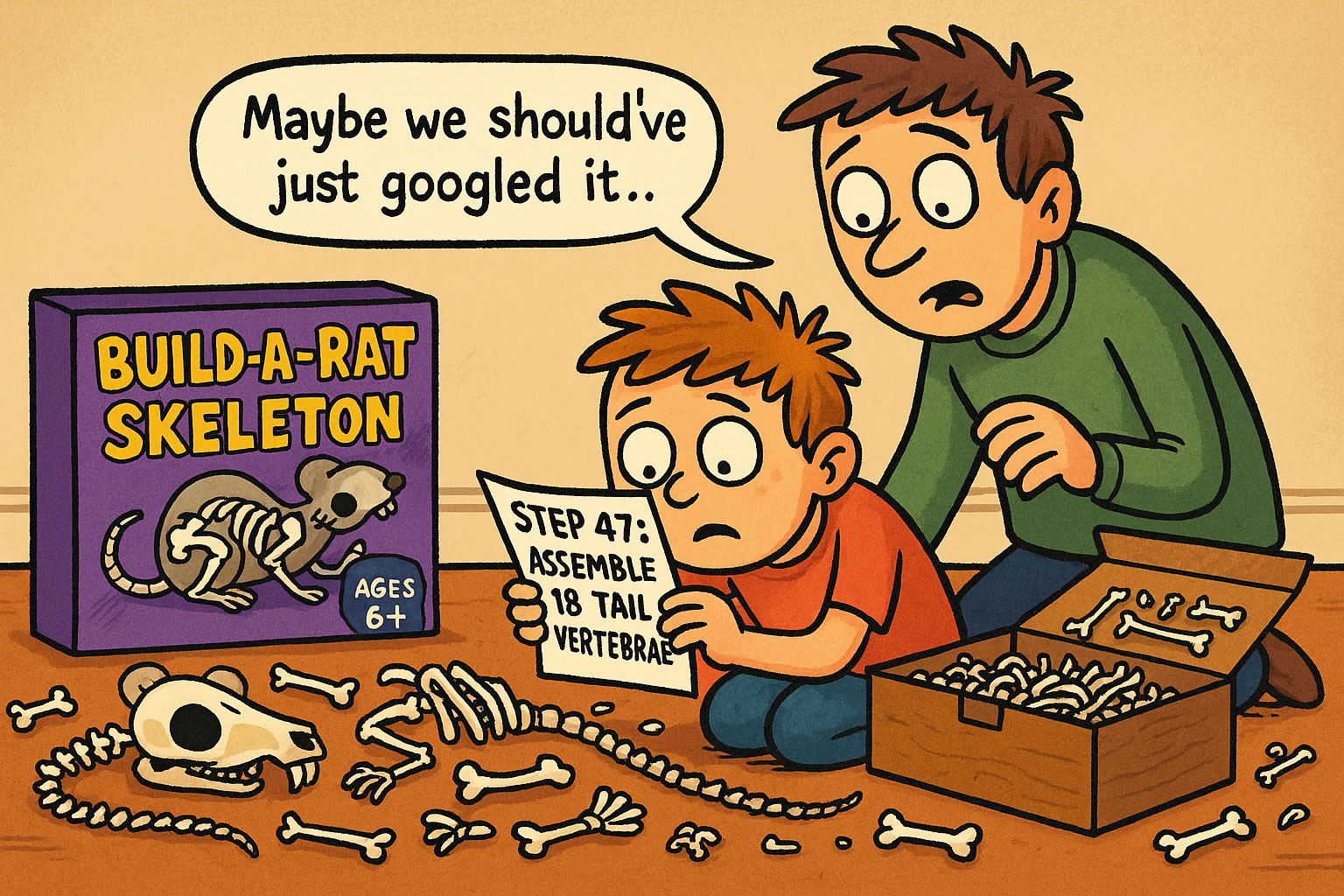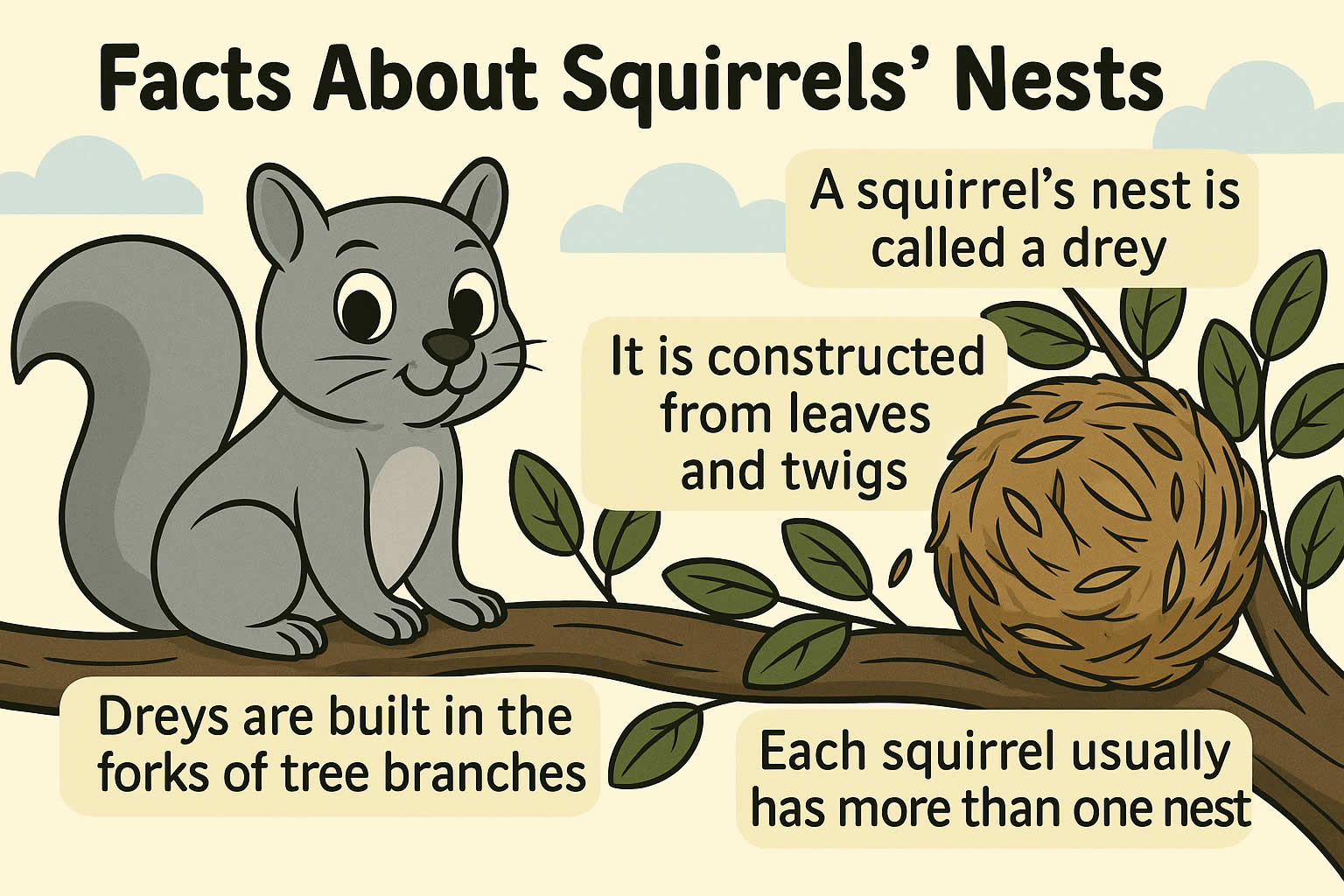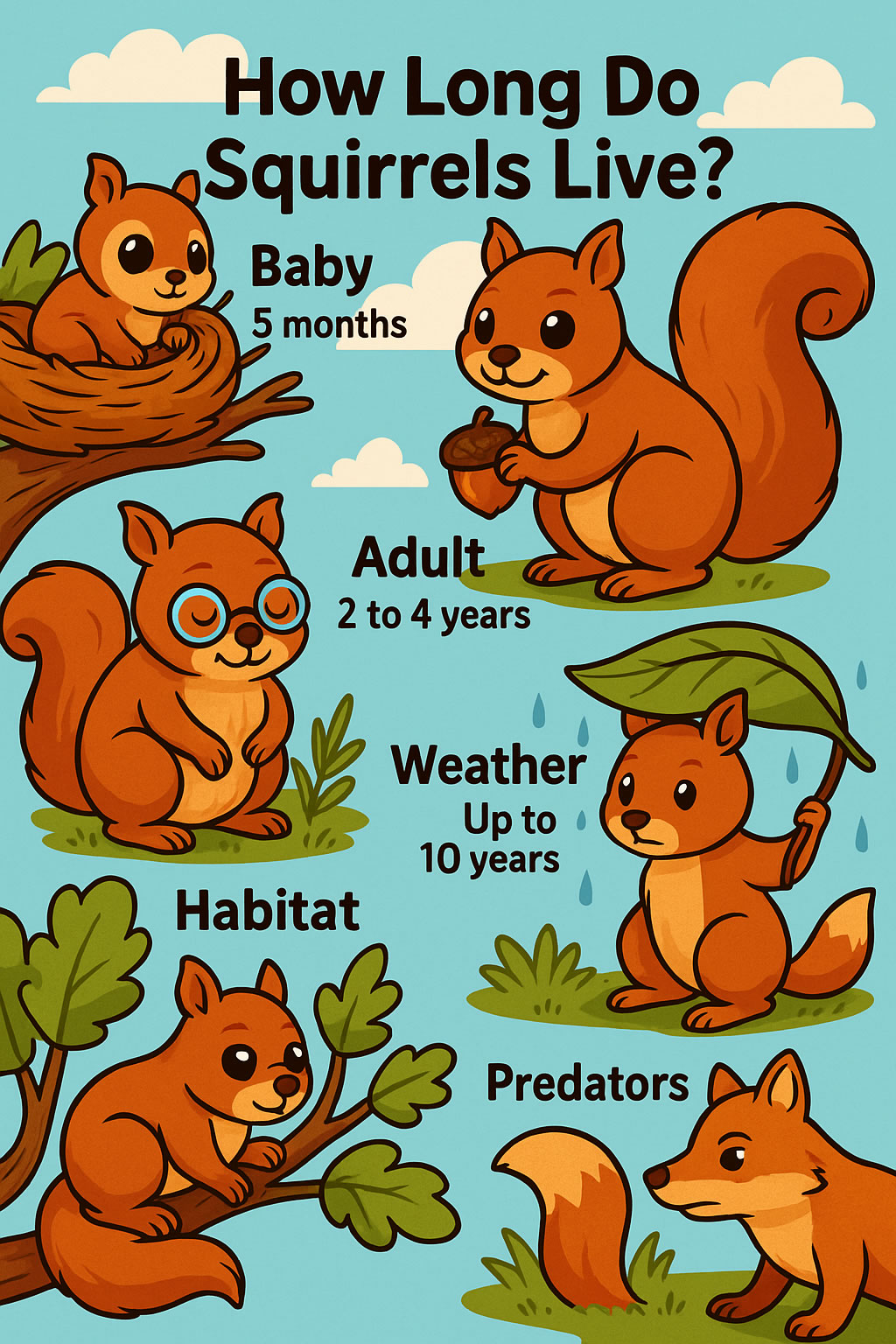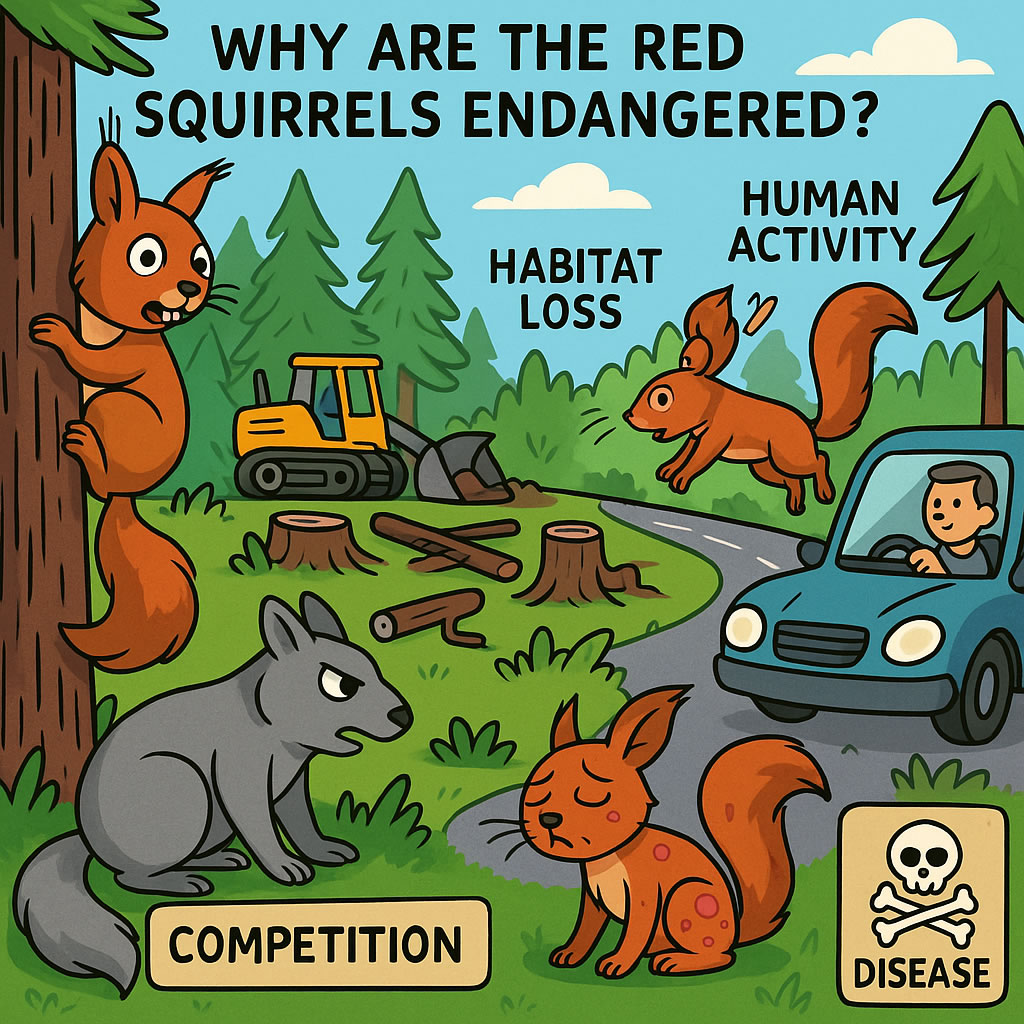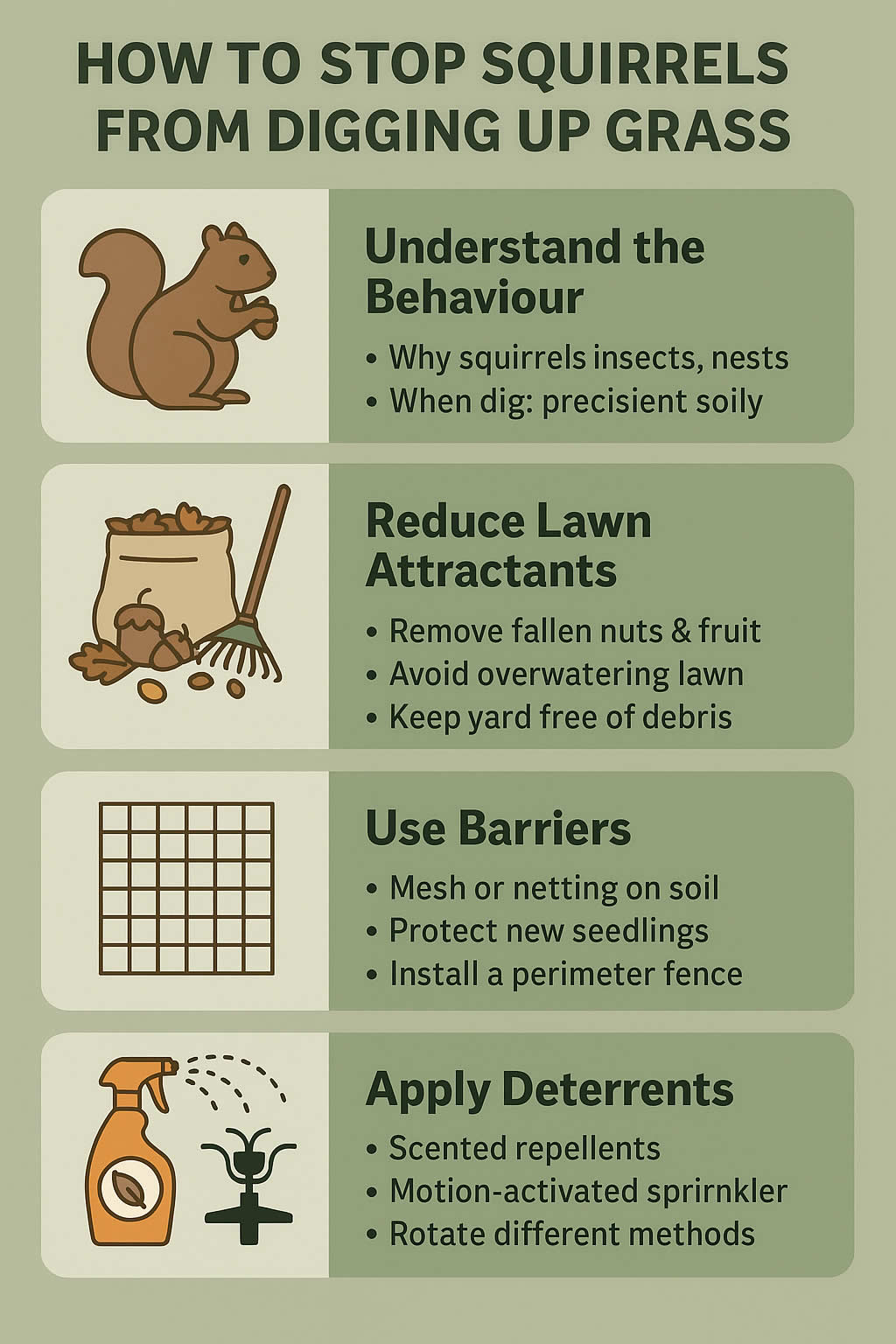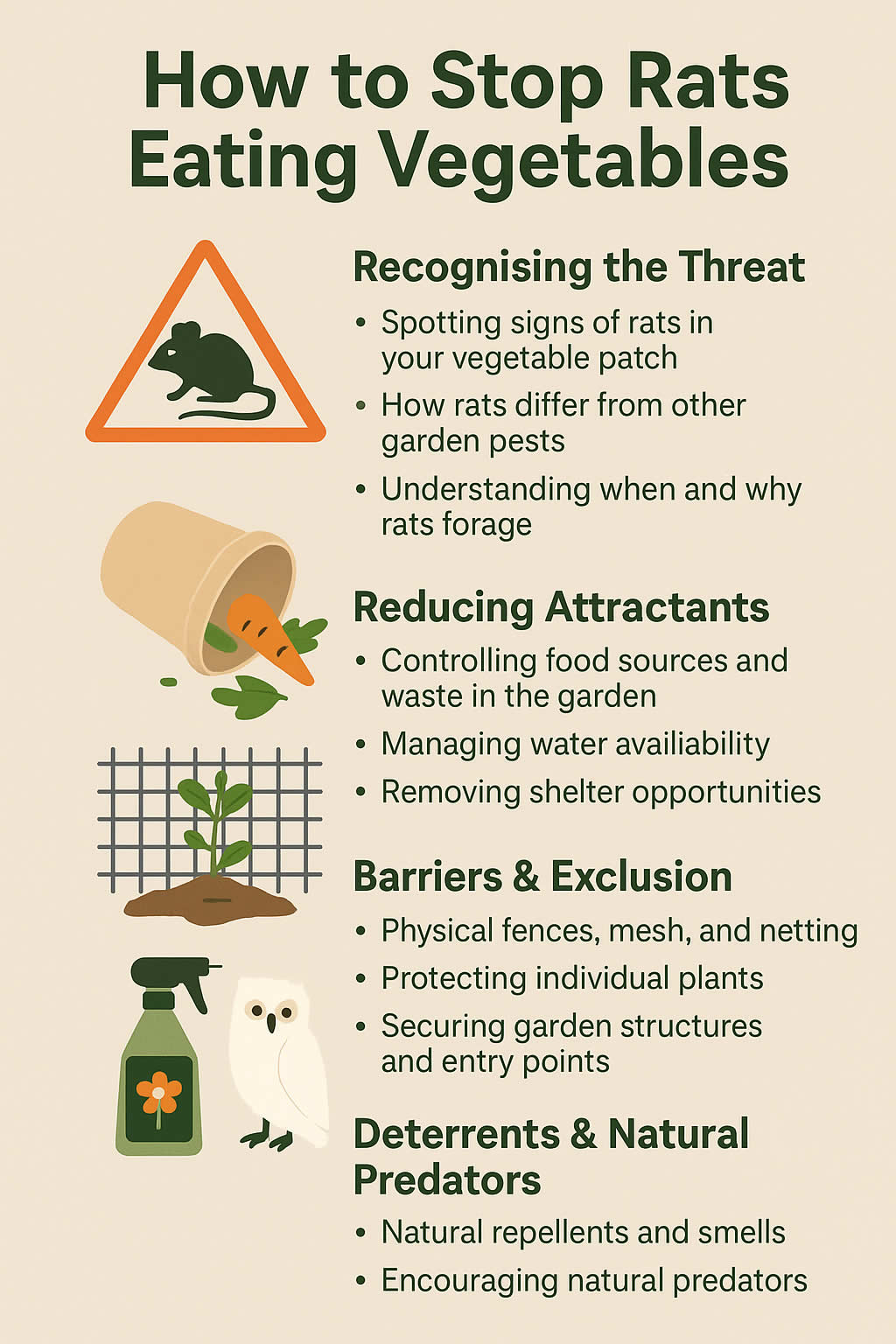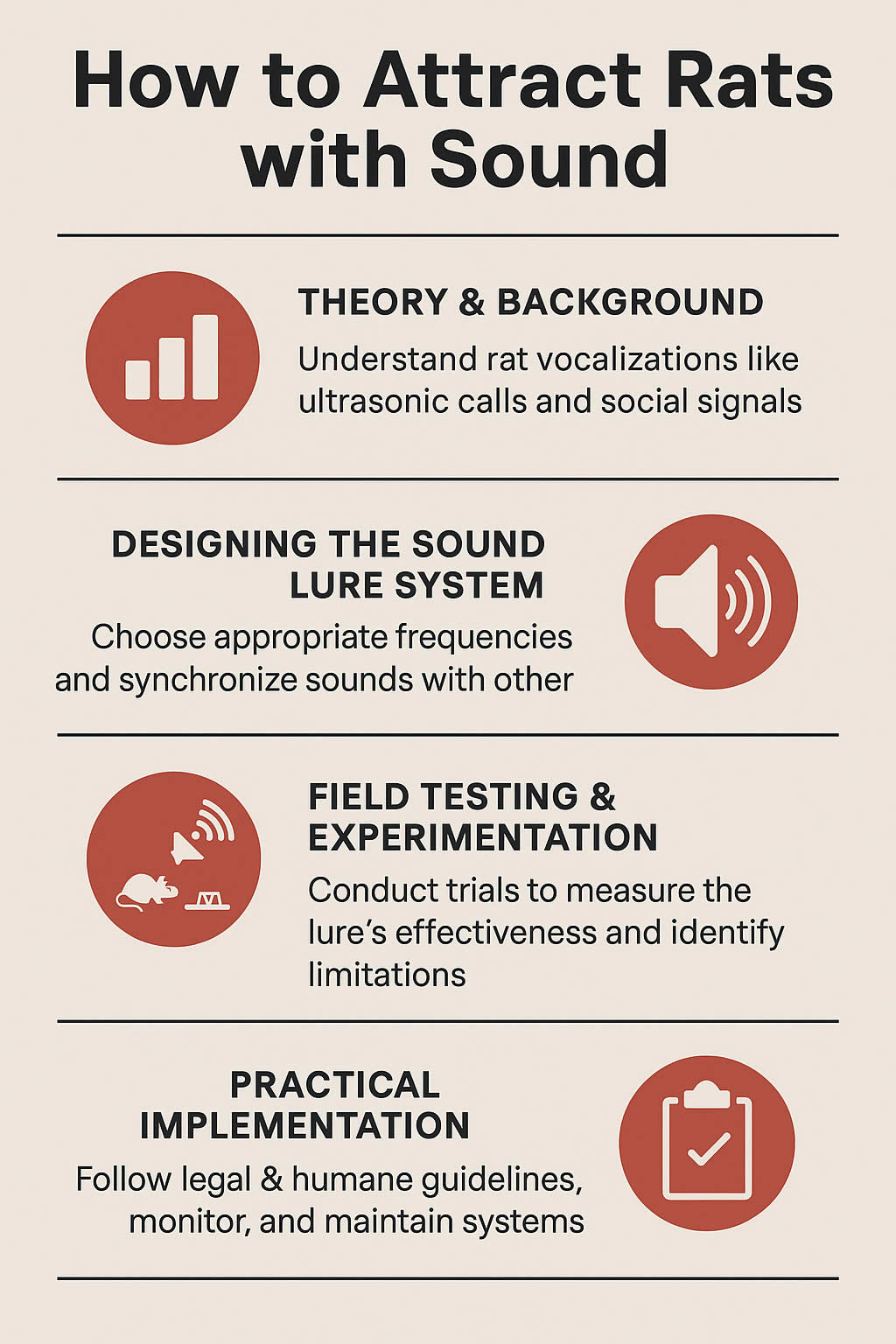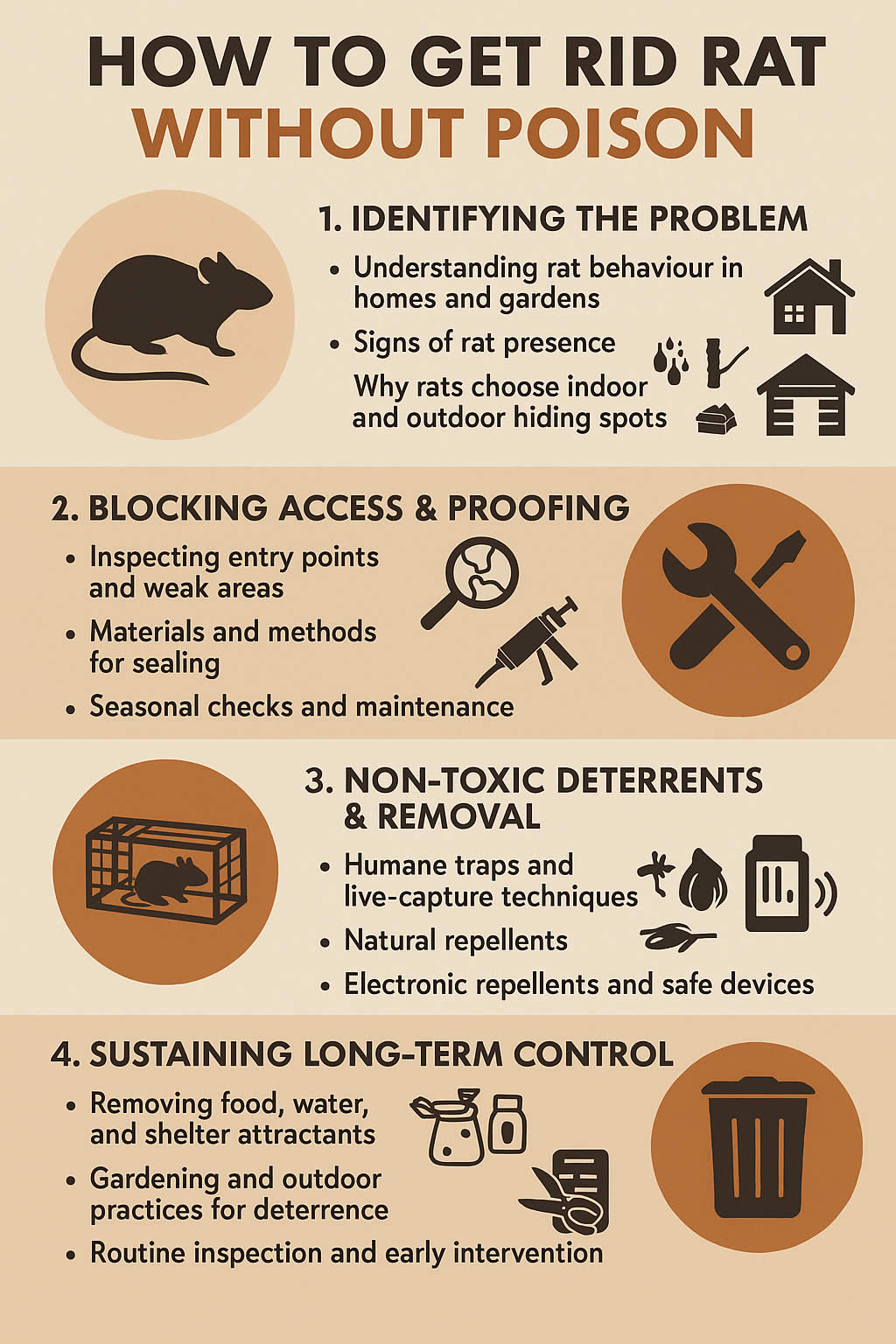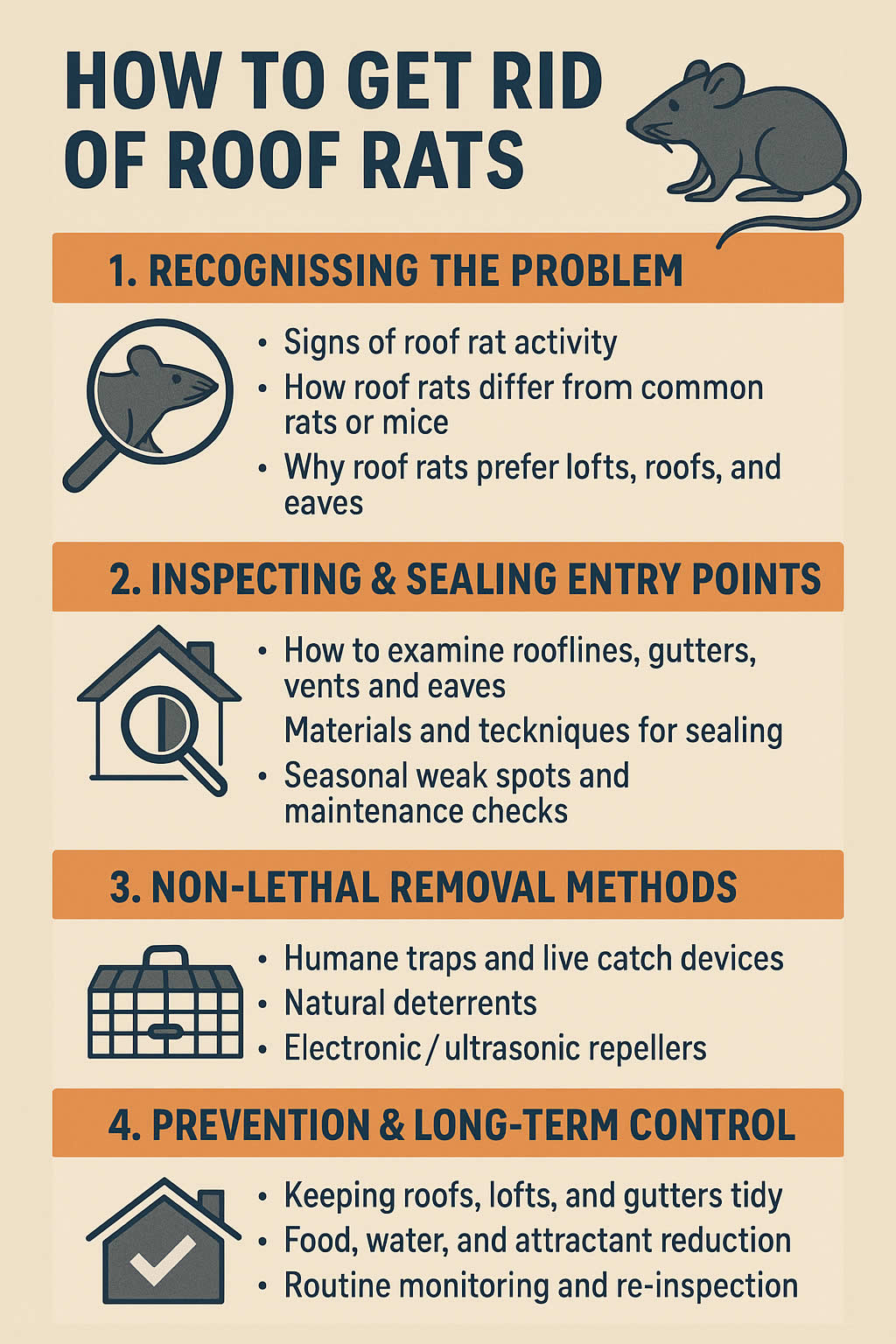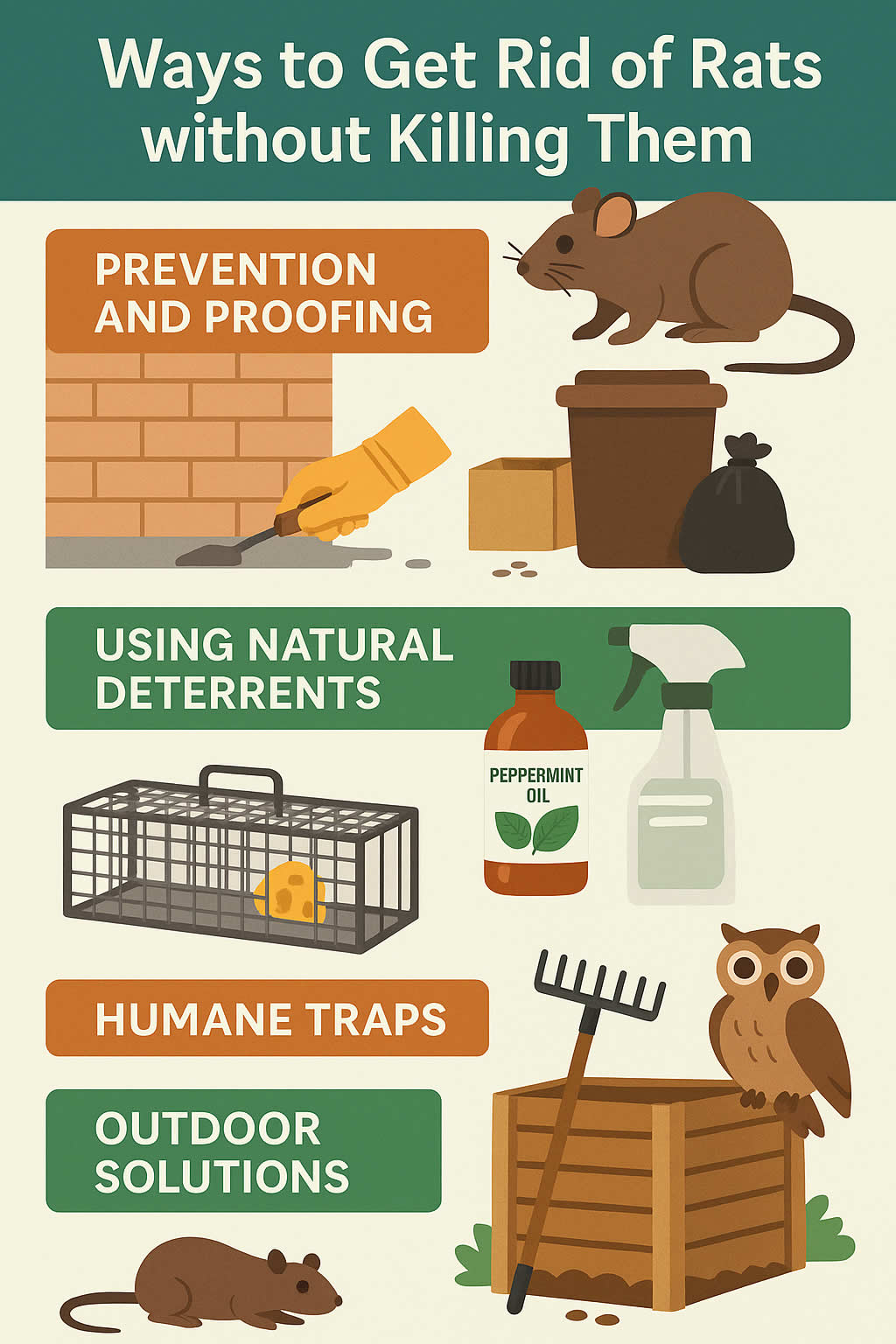Related Queries
ToggleIf you’ve ever heard scratching behind the skirting board or spotted something darting across the garden at night, it’s natural to wonder what’s going on inside those fast, flexible bodies. And when it comes to rats, one of the most fascinating parts of their biology is their skeleton. You might have asked yourself: how many bones do rats actually have? And how do those bones help them climb, squeeze, or vanish before you even blink?
Let’s look closer. We’re going to break down how a rat’s skeletal system works, why it matters for pest control, and what you should know if you’re dealing with rats in or around your home. This isn’t just trivia—it could help you understand how to keep them out for good.
So, how many bones does a rat have?
On average, rats have around 223 bones. This number can vary slightly depending on the rat’s age and whether you’re looking at a wild rat or a domestic one. But that’s the number most commonly agreed upon by scientists who study rodent anatomy.
That might surprise you. After all, you have 206 bones in your own body. So how can a small rat, sometimes less than 10 inches long, have more?
The short answer is: their tail.
Rats have long, flexible tails made up of tiny bones called caudal vertebrae. Depending on the rat, there can be between 30 and 40 bones just in the tail alone. Without the tail, they’d have a similar bone count to a small mammal like a rabbit or guinea pig.
But the tail’s just one piece of the puzzle.
What makes a rat’s skeleton so unique?
A rat’s skeleton is built for one thing—adaptability. These animals can squeeze through tiny gaps, balance on narrow ledges, climb vertical walls, and dig tunnels through soil and insulation. And it’s their skeleton that makes all this possible.
Here are a few key features:
- Flexible spine – their vertebral column bends easily, helping them change direction mid-run or twist through small spaces.
- Light, thin bones – like many small mammals, rats don’t have bulky bones. Their skeleton is light, which keeps them fast and agile.
- Highly mobile shoulder blades – rats don’t have collarbones in the way humans do. Their shoulder blades move freely, which is one of the main reasons they can slip through gaps no wider than their skull.
Understanding their skeleton helps explain why they’re such persistent pests. You might block a hole the size of a tennis ball and think that’s sorted, but if a rat can fit its head through, the rest will follow. No shoulders to get stuck. No wide hips to hold them back. Just a body that bends and moves around obstacles.
Do baby rats have the same number of bones?
Not quite. Baby rats, like most mammals, start life with fewer bones, many of which are still soft cartilage rather than fully-formed bone. As they grow, some bones harden, and others fuse together or grow longer. So while they’re born with fewer bones, they end up with the full count as they mature—just like we do.
What’s interesting, though, is how quickly rat pups develop. Within a few weeks, they’re mobile and curious, climbing and squeezing just like the adults. Their skeletons form fast, and by the time they’re a couple of months old, they’re pretty much ready to live independently.
Can a rat really squeeze through a hole the size of a coin?
Yes—and knowing about their bones makes this easier to believe. Their skull is the most rigid part of their body. If the head fits through a hole, the rest can usually follow. There’s no rigid ribcage to block the way. Their ribs are flexible, and their spine curves and shifts as they move.
That means gaps around pipework, under doors, or between floorboards become entry points you might not even notice.
If you’ve ever seen a rat disappear under a kitchen unit or vanish into a hole in a wall, it’s their skeleton doing all the work. No magic. Just perfect anatomical design.
How does this help if you’re trying to keep rats out?
If you’re dealing with a rat problem—or want to stop one before it starts—knowing how they move and what they can fit through is a game-changer.
You might already know they chew through wood, plastic, even some types of metal. But you need to think about access points. Their skeleton lets them:
- squeeze through holes smaller than 2cm
- climb inside cavity walls
- drop from trees onto roof tiles
- run across cables or fence lines
That means it’s not just about blocking the obvious. You need to seal tiny gaps with tough materials, cover vents with mesh, and check both the ground level and roofline for signs of entry.
Can a rat break its bones like we can?
Yes, but it doesn’t happen often unless they fall from a serious height or get caught in a trap. Their bones are flexible and light, which gives them shock absorption. They’re more likely to survive a fall than a heavier animal would.
That’s another reason why rats can live in high-up places like lofts, attics, and even trees—they’re good at climbing and good at surviving the odd slip.
What about rat tails—are there bones in there too?
Yes, and it’s probably the most bone-dense part of their body. The tail is made up of caudal vertebrae, tiny bone segments that form a flexible, whip-like extension of the spine. The tail is crucial for balance, heat regulation, and communication.
It also makes up a big part of their total bone count. Up to 40 bones just in the tail.
And no, the tail isn’t detachable like some lizards, but it can be damaged or severed in fights or accidents. It’s rare, but if it happens, they can survive without it—though they’ll lose balance and agility.
Why does it matter how many bones rats have?
At first glance, it might just seem like an odd fact. But it ties directly into why rats are so hard to get rid of. Their skeleton isn’t just a frame—it’s a tool. It helps them:
- navigate tight and cluttered spaces
- avoid traps and obstacles
- survive in both wild and urban environments
- live in places you’d never expect
Knowing what their bodies are capable of gives you a better chance of staying one step ahead.
If you’re sealing a loft, clearing out a garage, or trying to protect your bins, you’ll want to think like a rat. If a gap looks too small, it might not be. If a space looks too high, they might still reach it. Their bones, joints, and muscles all work together to give them an edge. That’s how they stay one step ahead—and that’s why you need to take your pest-proofing seriously.
Can you see rat bones on an X-ray or in a trap?
You can, and pest professionals sometimes use this to examine how rats have moved through a space. On an X-ray, the skeleton is surprisingly delicate. You’ll see the fine ribs, long fingers, and extended tail bones all lit up in neat lines.
In traps or after death, the bones remain visible—but they’re fragile. A rat’s skull is tiny, and its ribs are paper-thin. That’s what helps them get into tight corners—but also what makes them break down quickly in the wild.
Do all rats have the same skeleton?
Most rats have a similar layout, but there are slight differences depending on the species.
The most common species in the UK, the brown rat (Rattus norvegicus), tends to have a heavier build and slightly thicker bones than the black rat (Rattus rattus), which is slimmer and more agile. But both have the same core structure—skull, spine, ribs, limbs, and tail vertebrae.
So while the exact bone count might vary by a few here or there, you’re still looking at roughly 220–225 bones total.
Could their skeletons inspire design or robotics?
Funny enough, yes. Engineers have studied rats for years to understand how to build flexible, adaptable robots. Their skeletons, especially their spine and limbs, offer clues for how machines could move through rubble, tight spaces, or unstable environments.
It’s another reminder that rats aren’t just pests. They’re survivors. Their bodies are built for survival—and once you understand that, you can work smarter to keep them out.
Final thoughts: why this matters more than you think
It’s easy to dismiss rats as a nuisance, but once you realise how finely tuned their bodies are, it’s hard not to be impressed. Every bone, every joint, and every movement helps them survive, thrive, and stay out of reach.
If you’re struggling with rats, don’t underestimate what they’re capable of. That small gap behind your bin? That exposed pipe at the back of the shed? If they can fit their head through, the rest will follow. Their skeletons were made for this.
So yes, now you know the number—about 223 bones in total—but more importantly, you know how they use them. And next time you hear a rustle in the loft, you’ll understand what’s really moving around up there—and why sealing that hole in the wall matters more than you thought.
Wasp Nest Removal Hampshire – Wasp Removal Suffolk – Bed Bug Removal County Durham
